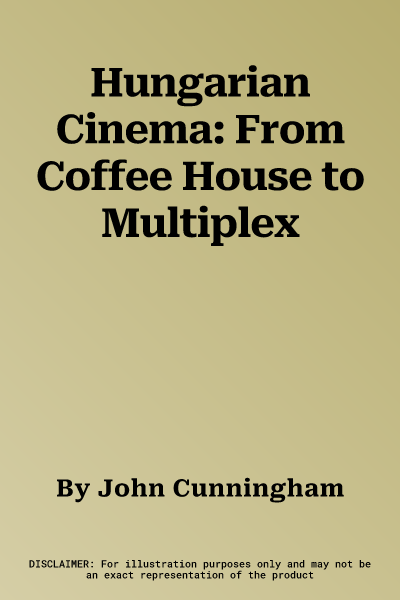John Cunningham
(Author)Hungarian Cinema: From Coffee House to MultiplexHardcover, 24 March 2004

Qty
1
Turbo
Ships in 2 - 3 days
In Stock
Free Delivery
Cash on Delivery
15 Days
Free Returns
Secure Checkout

Reading Age
Ages: 22
Grade Levels
17
Print Length
272 pages
Language
English
Publisher
Wallflower Press
Date Published
24 Mar 2004
ISBN-10
1903364809
ISBN-13
9781903364802
Description
Product Details
Audience:
Ages: 22
Author:
Book Format:
Hardcover
Country of Origin:
US
Date Published:
24 March 2004
Educational Level:
Grade Levels: 17
ISBN-10:
1903364809
ISBN-13:
9781903364802
Language:
English
Location:
New York
Pages:
272
Publisher: